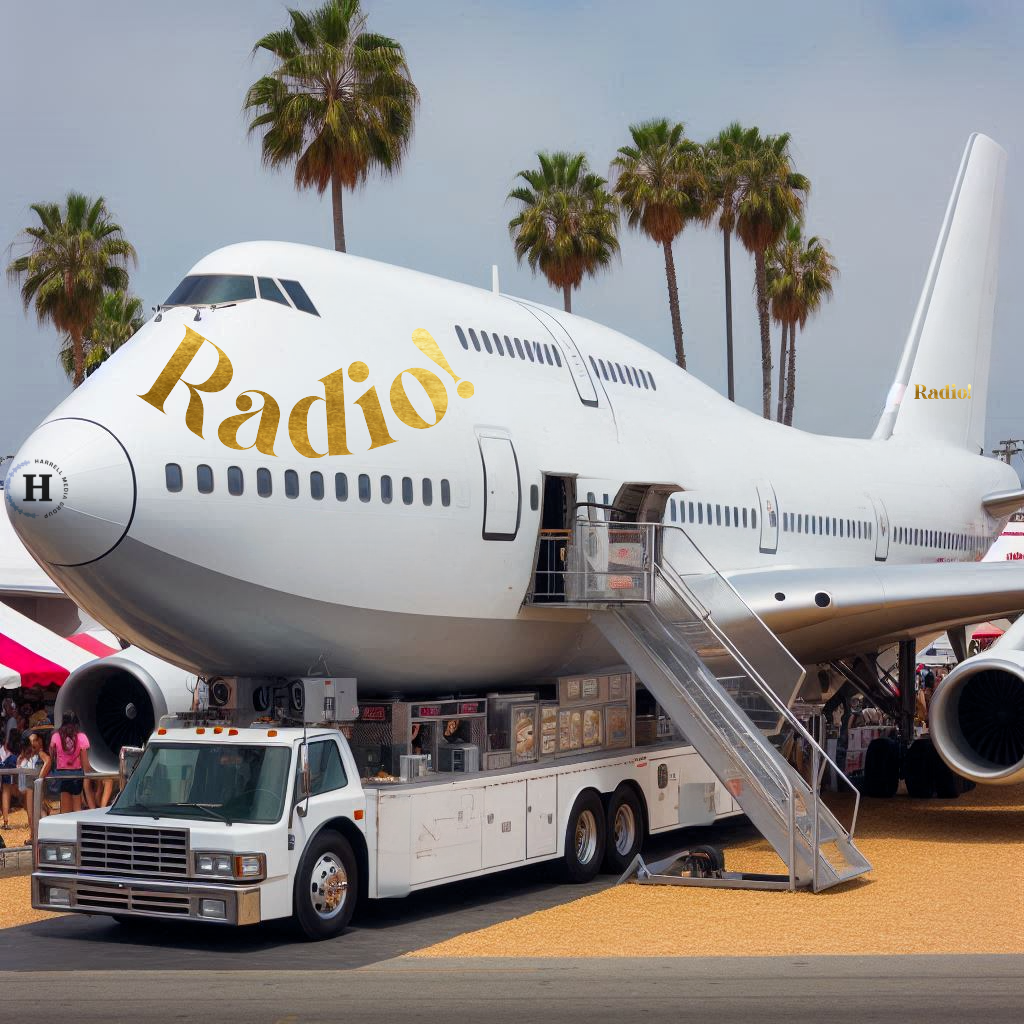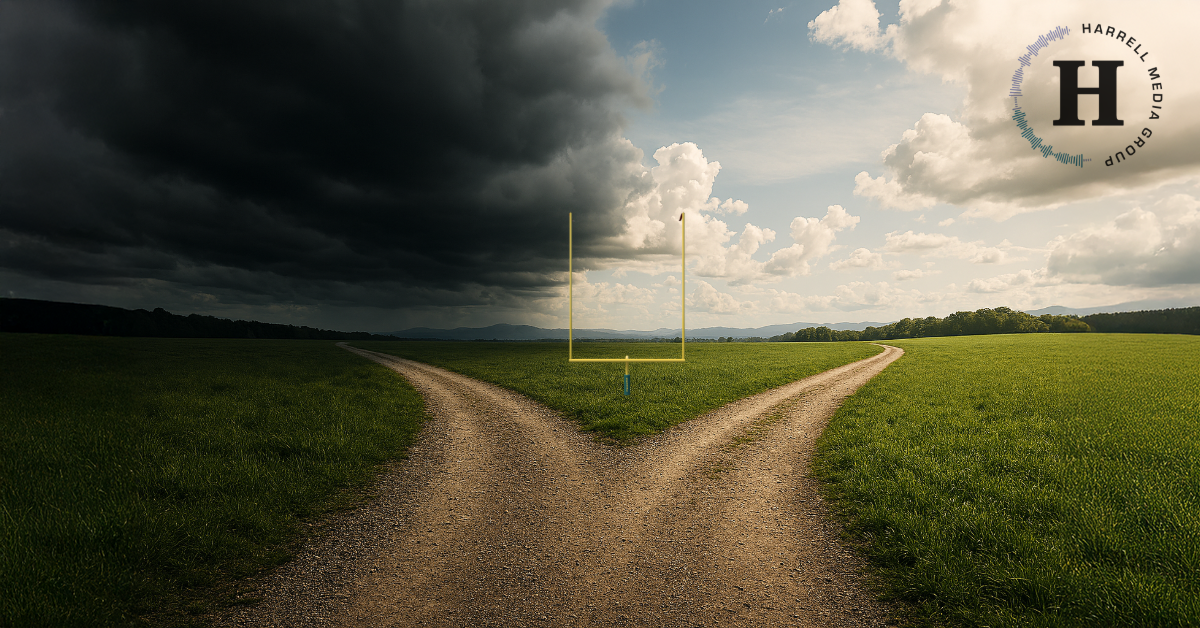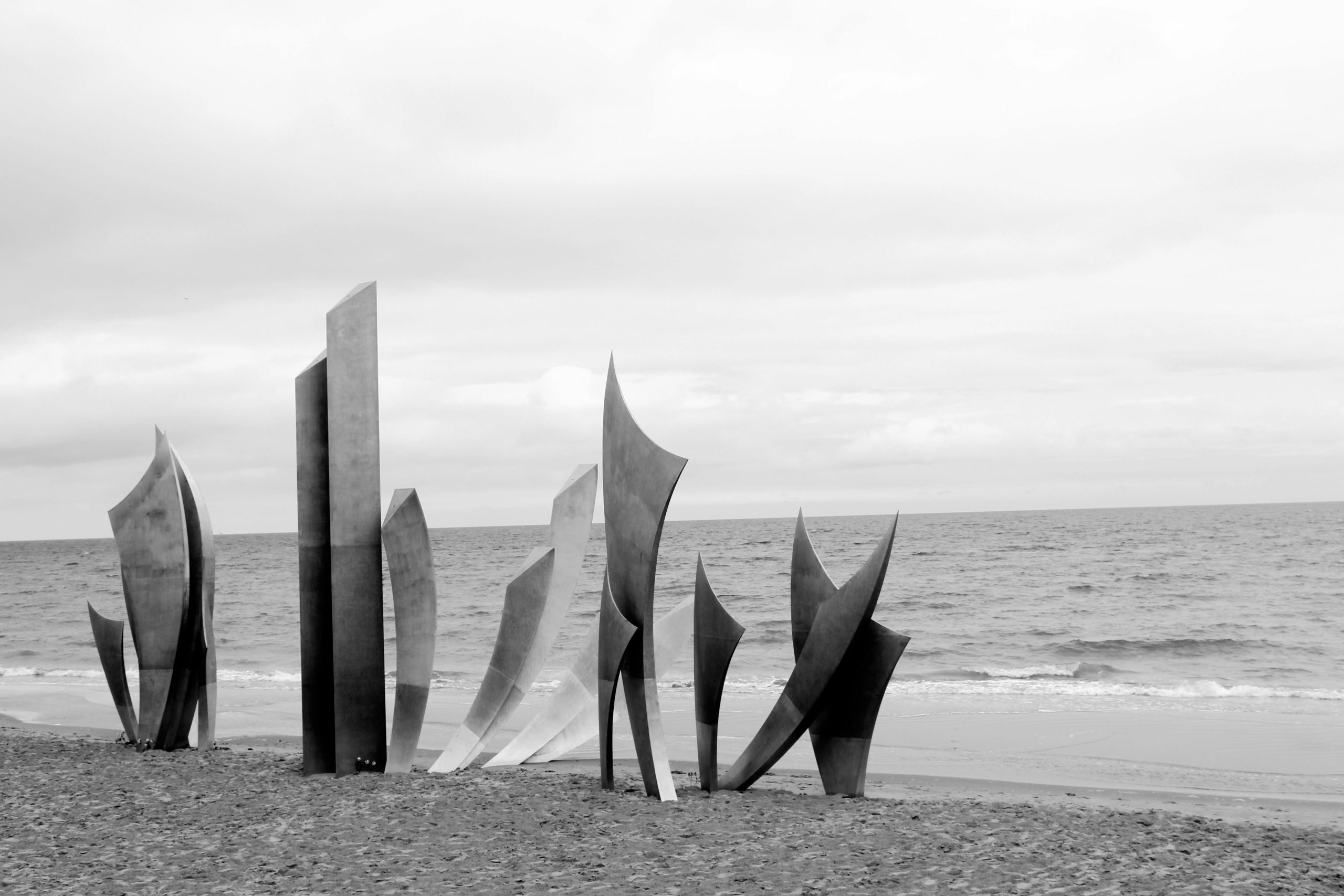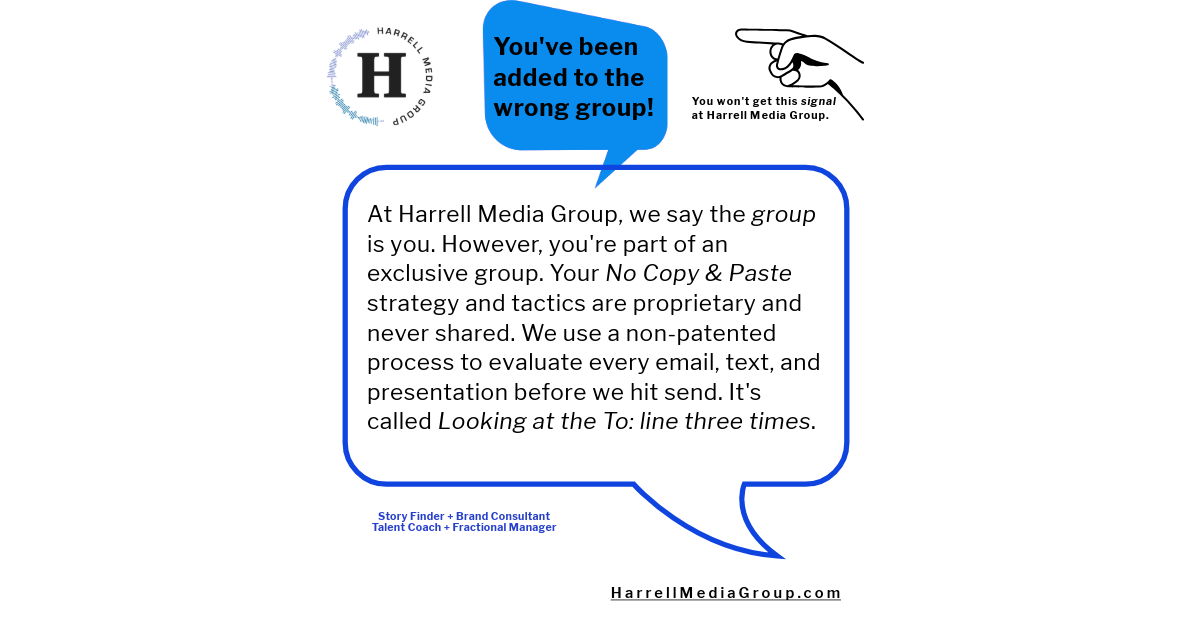When the Pentagon accepted a Boeing 747 gifted by the government of Qatar to serve as Air Force One, my first thought wasn’t, “This is a violation of Article 2 and the emoluments clause.” Instead, the branding part of my brain started thinking about radio station promotional vehicles and street team presence. How are we actively promoting our brands to get public attention?
Before you ask, “With what budget?”… remember, every promotion, hire, or marketing plan is met with that same question. It’s an even playing field these days. You could argue it’s easier because the ideas to improve our products are dreamed up and planned without a budget. It makes everything possible when the successful variable is your team’s follow-through. Oh, yeah, and it means every idea needs a sponsor in 2025. Well, I was on a positive streak for most of the paragraph.
Weekend Warriors
Radio station brands have a vibrant history of being visible on the streets. Talk to any veteran DJ/host, and you’ll hear stories of weekend remote broadcast fees supplementing their income in the early career days. Income from those weekend warrior events, plus endorsements and a quarterly ratings bonus, could change your family’s back-to-school budget.
The 1099 and W-2 perks of remote broadcasts were obvious to the talent benefiting from the bonus pay. We witnessed competition and insecurity from every host holding a microphone or cell phone and asking listeners to take advantage of the weekend savings. “Who is going to stop by a tire store on a Saturday and spin the prize wheel because of my 60-second ‘live’ break?” is the thought that went through every DJ’s brain on those Saturday mornings.
Seasoned sales pros knew their role during those weekend events. Make the client happy in the moment and emphasize the reach and frequency strategy. The morning show may not attract extra customers during the two-hour remote broadcast, but listeners hearing the tire store name and location during those breaks would make a decision soon about new tires.
Flying Pigs
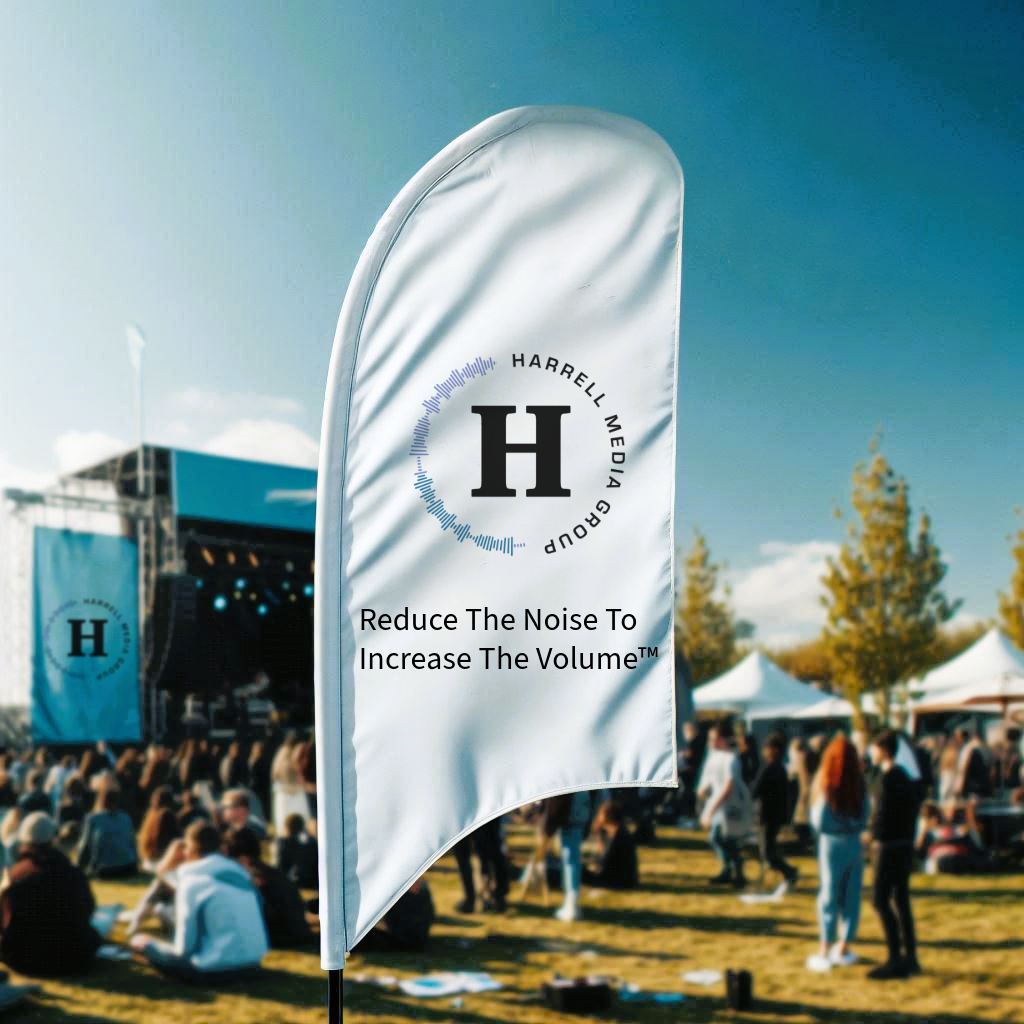
The remote broadcast was a table with the station logo and slogan on the vinyl covering. Better-equipped street teams had pop-up tents with branded side panels. Remember your first step-and-repeat retractable banner? That was movin’ on up. Being onsite for concerts and outdoor festivals meant you needed rolls of plastic logoed banners to quickly wrap the event or cover the competition’s banners with your vibrant and noisy logos.
Projectors to show your brand’s logo at outdoor events topped the marketing team’s wishlist. Batlights were the ultimate street team guerrilla warfare weapon. And then there were inflatables. If your station had a mascot like a duck, bull, ape, wolf, moose, eagle, frog, or pig, you had a visual opportunity to grab eyes on a Saturday midday remote with a 25-foot free-standing animal. Inflatables shaped like boomboxes or the station’s frequency were part of the street team toolkit, too. In the late ’90s and early 2000s, I worked at a station in Denver called Mix 100. I wanted a large inflatable blender for outdoor events. Blender…”Mix”…get it? That idea never made it out of the conference room.
As the digital age moved from puberty to young adulthood, radio stations would use laptops and tablets for prize and database registrations. If you were asking listeners to fill out an entry form with a pen and paper, your street team was showing its boomer tactics. Tripod-mounted studio lights and ring lights started to show up at station remote broadcasts. The listeners could post their selfie with a radio station host and the station logo in the background. I recall our promotions teams in Dallas and Seattle being early adopters of the QR code tactic. However, the listeners weren’t sure how to use it. But Covid suddenly made the codes as familiar as restaurant menus. Now, every street team has QR codes for information, registrations, and the landing page of the day.
“Hey, can I have a refrigerator magnet?”
Those QR codes and text campaigns gave us different ways to engage our audience at a 7-Eleven, a concert, or a state fair remote broadcast. Technology gave our promoters and influencers something to do besides standing next to a prize wheel, waiting for someone to walk up and win a radio station refrigerator magnet or tickets to a client-sponsored event.
The people behind our tables or under our tents are the difference makers. A poor set-up with engaging street teams will get better feedback than a nice display with introverted promotional people sitting in chairs and looking at their smartphones. However, we’ve lost some swagger since that thing we call the pandemic. Street teams went silent across America for a while. Budget makers saw an opportunity to downsize promotions departments and sell vehicles. Fewer remote broadcasts, fewer personnel and equipment needed.
What’s your Air Force One?
Radio and similar heritage brands need a marketing and promotional revival of purpose. What’s your Air Force One? What’s the vehicle, literal or metaphorical, that takes your brand from passive to active at events or on the streets? It could be a superstar talent who only needs a stool and a backdrop for selfies. We all want that scenario. However, your brand may be more than one person. Where’s your 747? Inflatables, motorcycles, classic cars, book clubs, gaming centers, prayer booths, or food and beverage samples. Whatever the tactic is, does it appear often enough to create an identity and expectation when the listeners see your logo at an event?
Digital saturation is drowning the attention of our minds, and it’s not going away. Real-world impact still matters, and radio brands understand how to provide the human interaction with our in-person influencers and our entertaining ideas. Now we need a foreign country to donate a 747 airplane…or a crop duster.

Ron Harrell
As the Founder and Principal Story Finder of Harrell Media Group, I offer Brand Consultation, Talent Coaching, and Fractional Management for radio and audio brands.
Contact me for a No Copy & Paste review.

